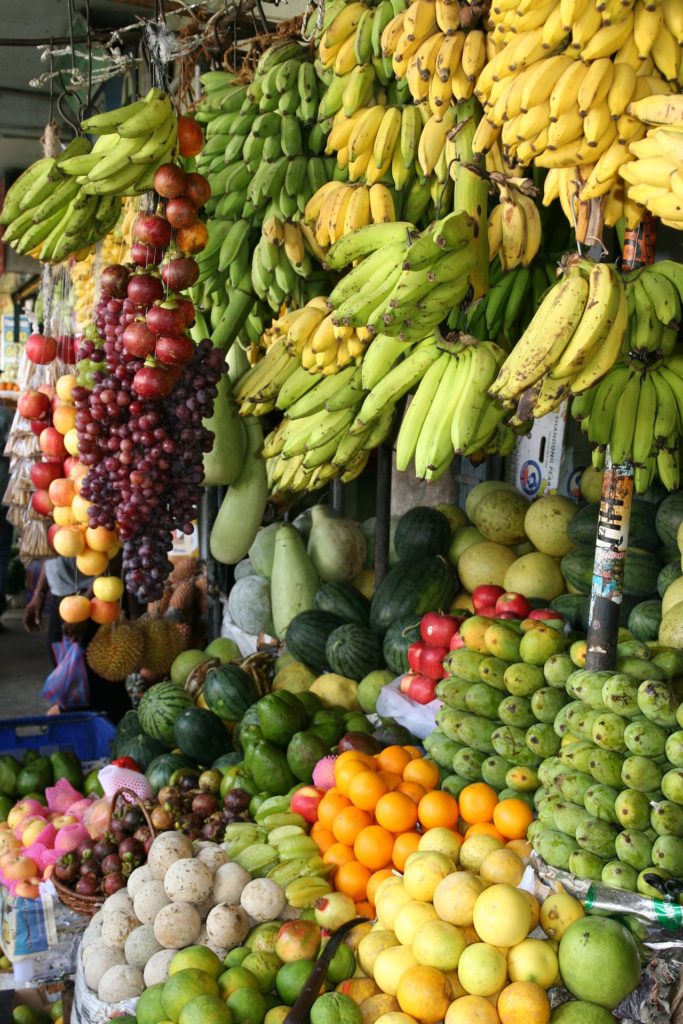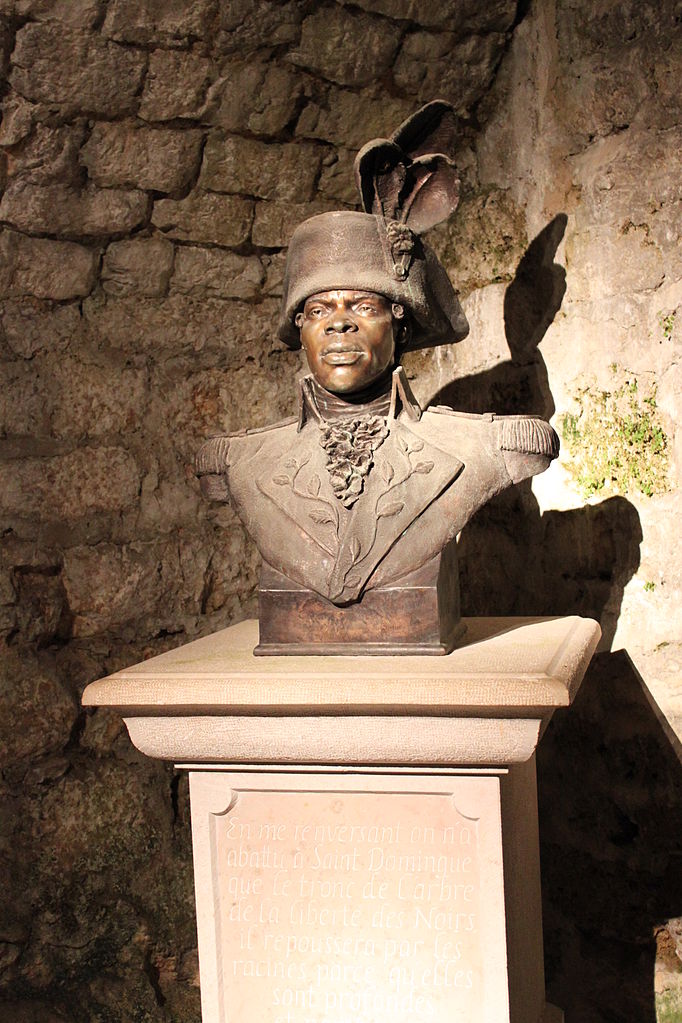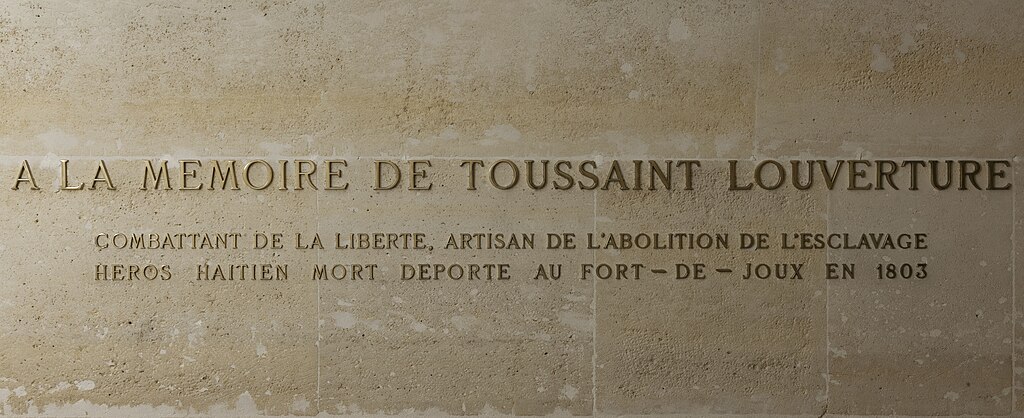
It’s been a while since I last updated what I’m doing as I’ve been on the journey to learn Haitian Creole.
I started in March of 2022, just after Duolingo released its course in Haitian Creole, and after a month of daily practice I realized that I was just learning some words and some very simple grammar, but beyond that, the course was not as fully developed as Duolingo’s other, more mature courses. There were no stories, for example, and various other features were just missing. Plus, it didn’t go very far beyond some vocabulary building and some simple grammar. It’s good stuff, believe me, but it’s not going to get you to any kind of fluency where you could even pass the time of day.
I began looking for other resources, and so I found two Haitian teachers (online) who I began paying for weekly lessons, and a third generous Haitian man who wants to teach people to speak his language. (I send him money as payment, but he never asks for it.)
That has helped tremendously, and I’m slowly getting better to the point where I can kinda carry on a conversation. My downfall is vocabulary: every time I “fly solo” – that is, just talk about what comes to mind – I invariably reach a point where I just don’t know the right word, and I stop, flailing for what to say. Because Haitian Creole grammar is way more straightforward than other Romance languages (HCr takes a lot of its vocabulary from several old French dialects as well as Spanish, Arabic, and Taino/Arawak, and arranges the words syntactically in ways reminiscent of West African languages and dialects), I’m not usually stumped by how to structure a simple sentence. (Yes, it gets more complicated, and HCr is a more difficult language to learn well than Spanish.)
But it’s the lack of knowledge about the vocabulary. I have maybe one or two thousand words in my vocabulary in Haitian Creole. There are way, way more words than that in the language, many of them directly Creolized forms of French words or phrases using predictable rules. (This doesn’t apply to all the words in HCr because the vocabulary is not just French, and many words from older French dialects don’t have cognates in modern French, but it is useful for technical terms for law, medicine, religion, and so on.)
So I’ve been reading word lists, trying to memorize words, but that in itself isn’t really effective. I need practice making sensible conversations and narrative using those words.
I’ve been using various forms of curricula, mostly from free sources. The University of Kansas in particular has an extensive library of teaching and reading resources in Haitian Creole, much of it initially due to the tireless and passionate work of Dr. Bryant Freeman (now retired).
Two of them I’m using (or have used) are CHITA PA BAY, a loose summary of Haitian native and writer Jacques Roumain’s work MÈT LAWOUZE (Masters of the Dew). I spent quite a few weeks on this, reading the text, writing it out longhand, then reading the questions and writing my responses in long hand. Took me a few months, but I completed it, and although it’s probably at a high “B1” level (and when I started I was really at an “A2” level using the Common European Framework of Reference for Languages as a guide), I was able to work my way through it.
It’s a genius document and summary. I have the full novel, which is powerful as Roumain’s hypothesized view of Haiti in the 1930s as it struggled to create a working society of equals in a time where there were many pressures to fold under the pressures of colonialism, capitalism, and racism. It is both a document about what should be done, and also a story about a young Haitian man who returns to Haiti after a long absence, sees the desolation, and organizes a community work effort (konbit) to get water for the parched fields and farm of his village. And it’s also a love story, and a tragedy, and a story about how hope and faith can transform people so that they transform their lives.
The summary, CHITA PA BAY, catches these elements but pulls the story together in a set of very short chapters. The title, a Haitian idiom, translates directly as “Sitting around gets you nothing,” and it is indeed the story of a young man who rouses a dispirited village resigned to their fate to go out and create good within their privation.
As a teaching document, it uses a constrained vocabulary and grammar, so while I was ignorant of many words in the document, I learned through repetition to recognize them and understand them. I studied the book so thoroughly that I was able to spontaneously give a summary to one of my teachers when they asked me, in the spur of the moment, to tell the rest of our “class” what the story was about.

Dusk shot of renovated Iron Market in Port au Prince, Haiti by John McAslan + Partners
Hufton and Crow
Creative Commons Attribution-Share Alike 4.0
After a little while, I started on the second book, TI KOZE KREYÒL, which roughly translates to “little Creole class.” It’s an original story of two people who meet in a university Creole class (presumably at the University of Kansas!). Jan (John) is kind of a doofus, but he has a kind heart. He doesn’t catch on right away sometimes, but eventually he can see through a brick wall. Mari (Mary) is a bright, energetic, and self-assured woman who find Jan off-putting at first, but then his kindness and genuine if artless affection becomes something she wants to pursue.
They get married, and because they’re interested in Haitian Creole and Haiti itself (and because Mari’s sick uncle will leave her money when he dies shortly), they honeymoon in Haiti, traveling around much of the country to see the sights, experience the culture, and encounter all sorts of Haitians, from porters to taxi drivers to hotel managers to street vendors to artisans to vodou leaders and so on.
In my experience, it is the next level of difficulty from CHITA PA BAY. The vocabulary is by necessity broader (so much of Haiti/Haitian culture requires more complex descriptions), the encounters are much less predictably structured, and they introduce grammatical constructions that are more complex than the simple “Jan loves Mari and so he asks her to marry him.”
I’m on Chapter/Lesson 15 (there are 19 chapters in all), where Jan and Mari are at the Iron Market (Mache Fè a, a famous site in Pòtoprens, the capital of Haiti), and they are looking for some things to bring back to the States that are made in Haiti and represent Haitian history or culture. In particular, they’re looking for statues or busts of famous Haitians.

https://regards.monuments-nationaux.fr/fr/asset-72689
Benjamin Gavaudo / Centre des monuments nationaux – Fort-de-Joux
Their encounter with an artisan selling busts of famous Haitians is unexpectedly hilarious because Jan, Mari, and the vendor start a bargaining session (about a mahogany bust of Tousen Louvèti, the first leader of Haiti and perhaps one of the most famous people in Haitian history along with Desalin and Kristòf), which descends into outlandish claims that grow wilder and wilder. “I can’t possibly sell this for that price! My house is full of hungry kids!” and “Why are you giving us the tourist price when we obviously speak Haitian Creole, and my wife here is a native Haitian herself!” It goes on like that for a few turns until they reach an agreeable price that will ruin the artisan and bankrupt the honeymoon couple. (They end up paying about 50 USD in 2023 dollars for a hand-carved mahogany bust, which is a very good price indeed for several weeks’ worth of carving.)
I was amused by the bargaining, by the way in which all sides tried to one-up the others with increasingly more dramatic statements about poverty and need, and so I was satisfied when Jan and Mari walk away with the bust, and the artisan is counting his money.
Then I just about fell off my chair at the last line, where Jan whispers to Mari, “Who is this Tousen Louvèti guy, anyway?”
It’s like coming to America, visiting Mt. Vernon, seeing Mt. Rushmore, and then asking “Who is this George Washington guy, anyway?”
Very well played. Jan is just Jan, and it is Mari that sees the value of a bust of one of the most famous of Haiti’s founders.
A la mémoire de Toussaint Louverture
Combattant de la liberté, artisan de l’abolition de l’esclavage
Héros haïtiens. Mort; déporté à Fort-de-Joux en 1803
Nan memwa Tousen Louvèti
Konbatan pou libète, abolisyonis esklavaj
Ewo ayisyen. Mouri; depòte nan Fòtdejou an 1803

Inscription à la mémoire de Toussaint Louverture
Benjamin Gavaudo
Licence Ouverte
